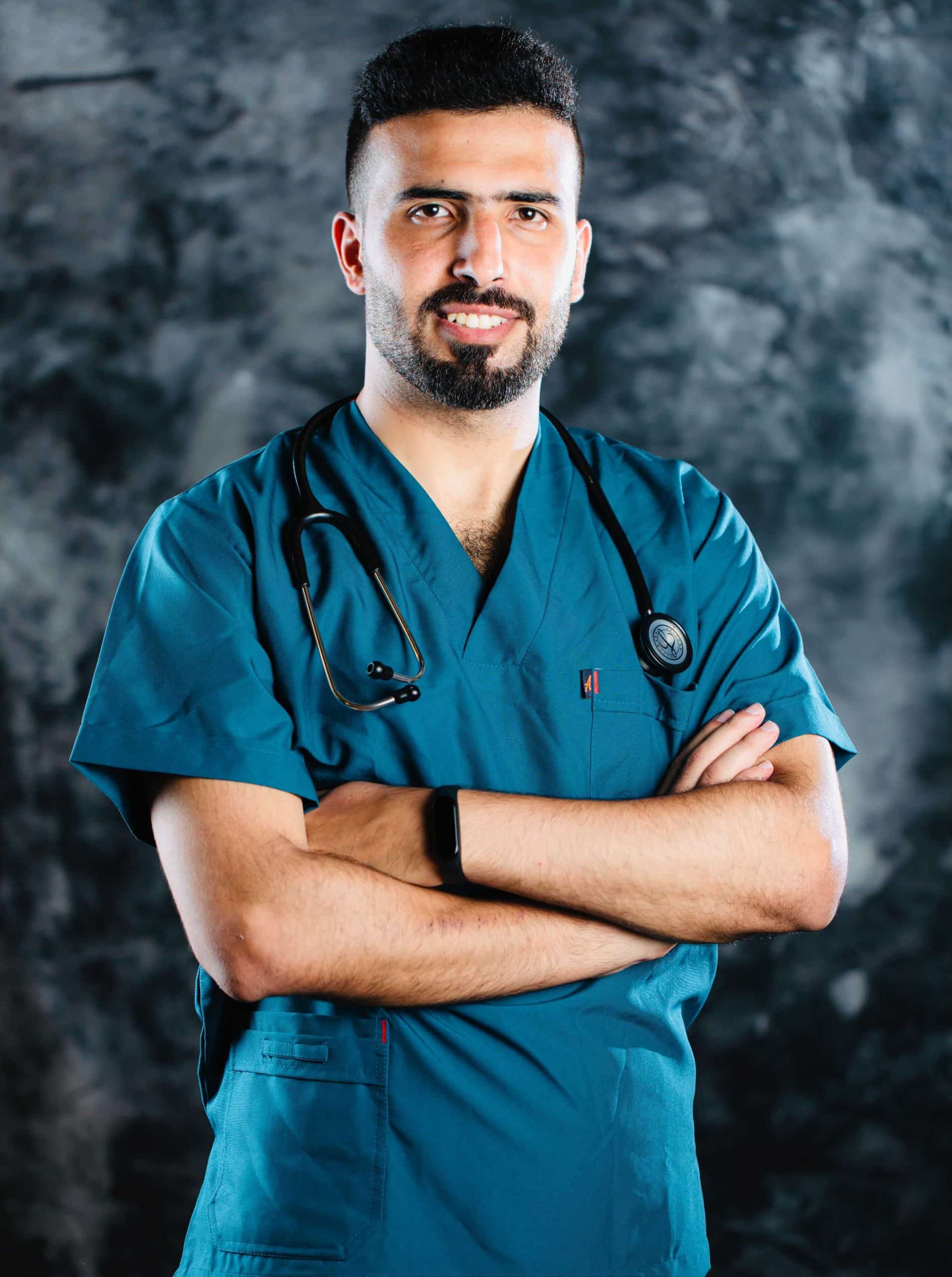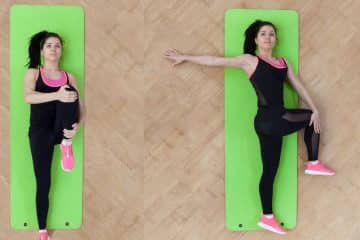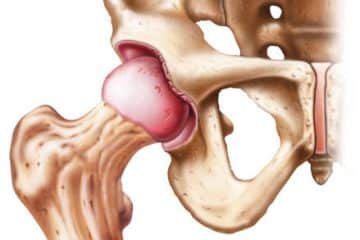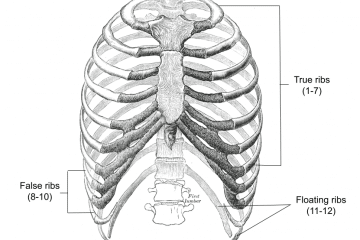Rotationplasty | Definition | Cost | Technique
Overview
After removal of lower limb osteosarcoma in skeletally immature patients, rotationplasty offers a stable and physiologic restorative alternative.
When a tumor’s soft tissue expansion reaches the vasculature, rotationplasty is a possible alternative, as is excision and reconnection of blood vessels.
When a distal segment is “rotated” 180 degrees and fixed to a proximal segment, it results in a highly functioning, long-lasting repair that measures up to previous limb-saving treatments.
After rotationplasty, cosmetic outcomes had no noticeable effect on cancer patients’ emotional and social performance.
What is Rotationplasty?
A rotationplasty, also known as Van Nes (Borggreve) rotationplasty, is a surgical procedure that is effective in the treatment of cancer.
The doctor will excise the damaged part of the bone while preserving the primary artery, vein, and nerve leading to the foot during this treatment.
The lower half of the leg is rotated 180 degrees counterclockwise before being joined to the top half.
Indications of Rotationplasty
The following are the most frequently operated conditions:
- Osteosarcoma (osteogenic sarcoma) is an aggressive malignant bone tumor that causes bone destruction.
- Severe bone infections are the first indications for the procedure.
- Congenital bone diseases involving Proximal Focal Femur Deficiency
- Ewing’s sarcoma is a malignant bone tumor that develops in the childhood period.
- Prosthetic joint infection that involves both early and late artificial joint infections.
- In young children, injuries of the distal or proximal third of the femur, as well as the proximal end of the tibia.
- Cases in which the tumor’s size mandates the excision of so much bone or soft-tissue component that every other method of limb saving is impossible.
- Lesions in which the neoplasm has cut off blood flow to the terminal portion of the limb and can be securely restored.
- Children and adolescents in whom function and physical performance are more important than the shape and the need for a prosthetic limb.
Contraindications of Rotationplasty
There are limited contraindications of the surgery including:
- Diseases of the veins and arteries
- Sciatic nerve impairment
- Restricted ankle extension
- Psychological issues related to the shape of the limb
How Rotationplasty is Performed?
The surgery is typically done under general anesthesia with a complete aseptic technique.
The following are the steps of rotationplasty surgery:
Making the Incision
There are many types of incisions used in this procedure, but most doctors prefer to use two circumferential incisions oblique to the long axis of the leg.
Resection of the Affected Bone
During this stage, the surgeon will resect the bone involved in the disease process. The surgeon must keep in mind to dissect the nerves and blood vessels, that should be protected from any injury, to supply the salvaged part of the extremity.
Performing the Rotation
Before the osteotomy, the surgeon performs the rotation on the femur and tibia because it is difficult to do after performing the osteotomy.
Making Osteotomy
The surgeon will make perpendicular, instead of step, cuts to the affected bone according to preoperative assessment to improve the postoperative limb length equality.
Stabilization of Reattached Parts
After finishing the osteotomy, the surgeon reattaches the resected parts with 180-degree rotation. The surgeon uses different plates and screws to stabilize the two parts of the leg.
The Doctor should do a postoperative neurovascular assessment to ensure proper function.
Risks of Rotationplasty
The following are possible risks of the surgery:
- Postoperative infection occurs if there is an inappropriately dirty operating environment.
- Arterial occlusion is a rare complication.
- Venous blood clots comprising deep vein thrombosis and pulmonary embolism
- An interrupting venous return to the heart
- A pressure sores that develop on the areas of the bony prominence
- Tibiotalar joints osteopenia (bone mass loss)
How Long Does Rotationplasty Last?
The surgery usually takes six to ten hours to be achieved, and the patient remains under observation in the hospital for 2-3 days.
Cost of Rotationplasty
The average price of the procedure will be between 15,000$ and 30,000$. Medical insurance will allow you to pay less.
Conclusion
In the case of lower limb sarcoma in a developing baby, rotationplasty offers a promising limb-saving alternative.
Rotationplasty can be a simple procedure that results in a long-lasting, fully functional limb that measures up to amputation and other limb-saving procedures in terms of functionality.
Fears about psychological health following rotationplasty do not appear to be avoided by the support of patient and family education.
See Also
References
https://pubmed.ncbi.nlm.nih.gov/9025180/
https://www.ncbi.nlm.nih.gov/pmc/articles/PMC4234076/
https://www.medscape.com/viewarticle/852151
https://www.childrenshospital.org/conditions-and-treatments/treatments/rotationplasty

Dr.Sharif Samir Alijla, is a general medical doctor and a well-rounded professional that cares and treats patients from Palestine. I participated in many medical studies and conferences, I've launched a range of community initiatives and taken part in a variety of leadership and change training programs. I worked as an author for many medical websites such as TebFact . I specialized in writing medical articles from authoritative and updated sources in a simple and smooth the way for the reader.



